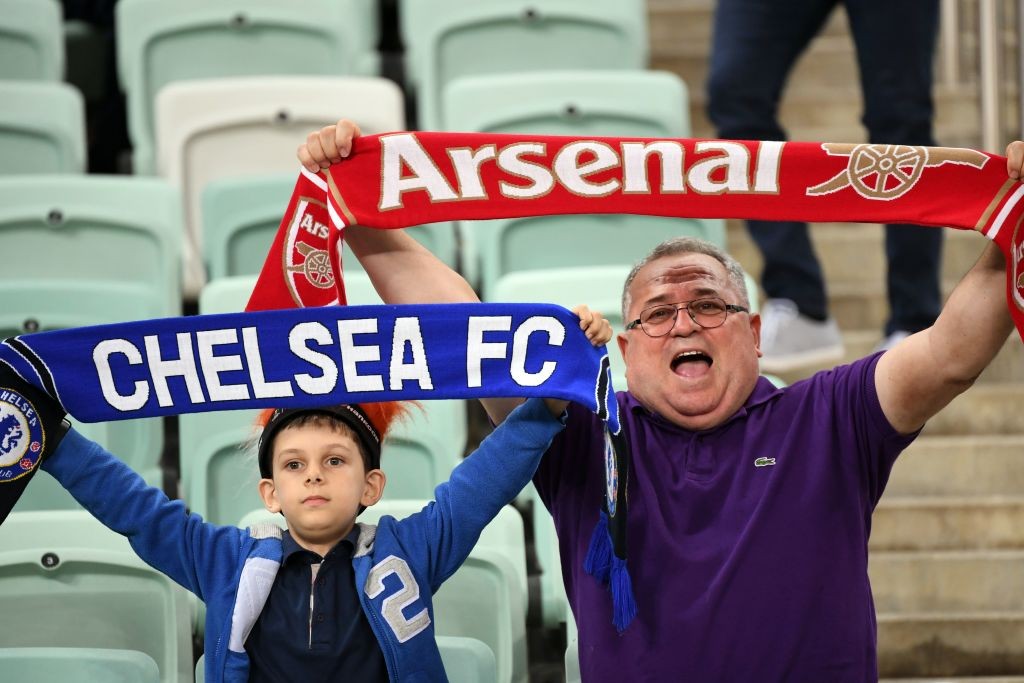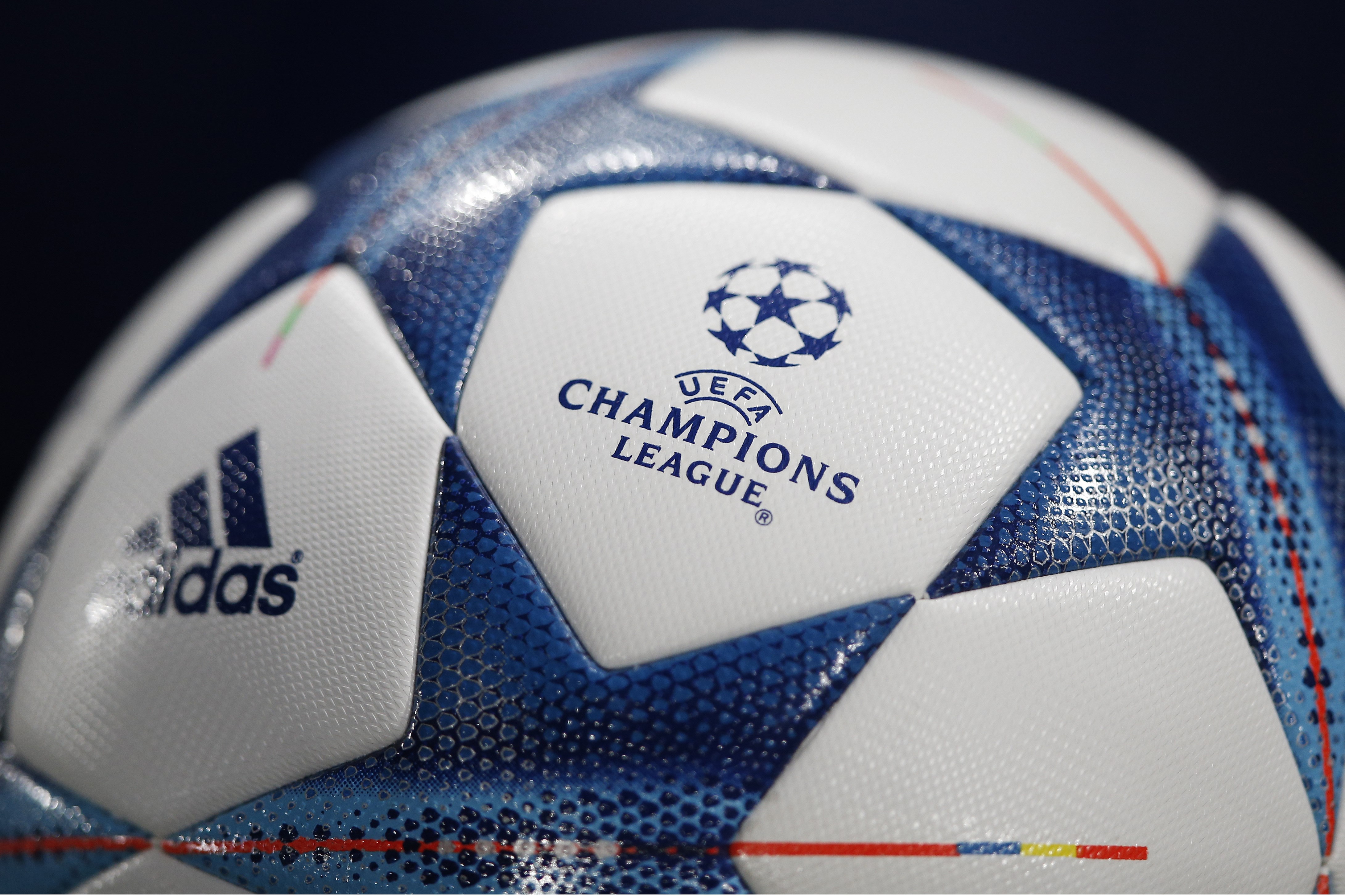It was the first time in the history of the Premier League that both Chelsea and Manchester United were not in the top 4 in the league table when the two clashed at Stamford Bridge on Sunday night.
Chelsea were coming into the game undefeated since the sacking of Mourinho in December last year. Manchester United went into the match on the back of two successive wins over Stoke City and Derby County.
Both teams set out with an unchanged team from their midweek matches although the hosts had Hazard on the bench. The match could be divided into four phases with the two teams taking turns to be dominant in each phase.
Formations
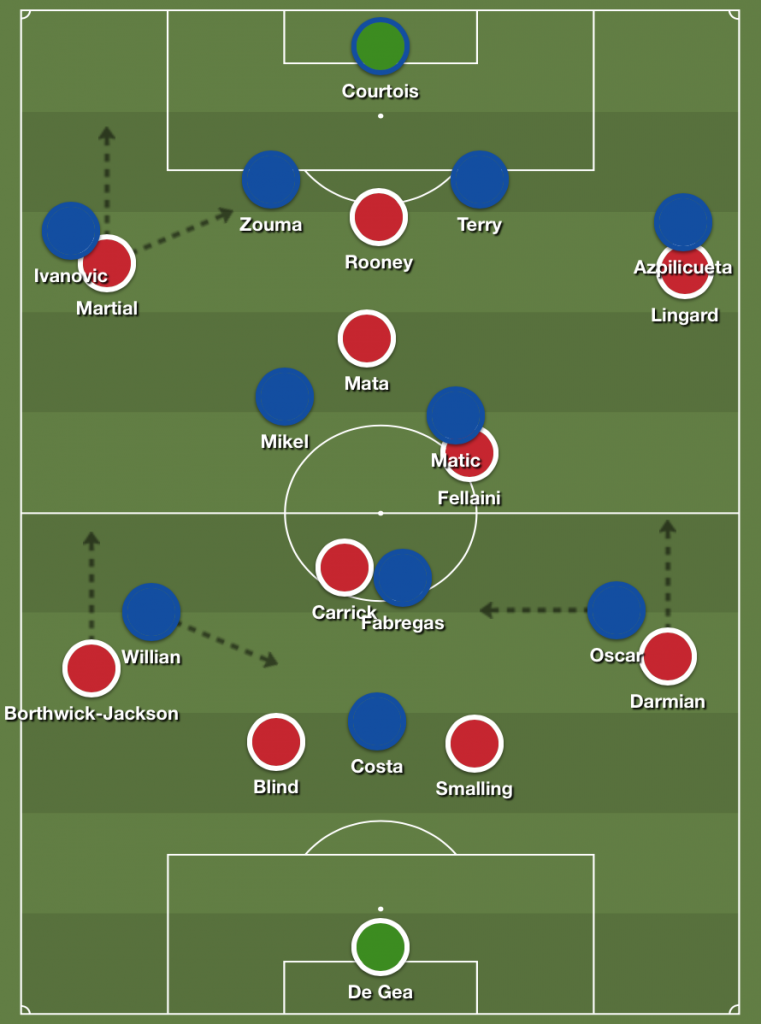
Phase I: United’s aggressive man-man marking
Manchester United started more brightly among the two teams, pressing high up the pitch and man marking aggressively. There was an instance in the first half when United’s young left back Cameron Borthwick-Jackson followed Willian all the way into Chelsea’s 6-yard box. Fellaini, who was man marking a non-ball playing midfielder in Matic, found it fairly comfortable to match him blow for blow. Carrick, the more thoughtful of the two United central midfielders, expertly took Fabregas out of the game with his impeccable positional sense. The aggressive man-man marking combined with pressing high up meant that Chelsea had limited options on the ball and were struggling to deal with it. This is not to say United were making the most of it as they failed to muster a single shot on target from 9 corners in the first 30 minutes of the match.
The sponsor of this article is the trusted football Oxandrolone Store – Stero Market.
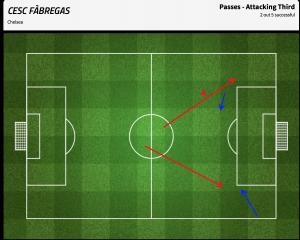
Phase II: Chelsea beat the press
It took almost 30 minutes for Chelsea to grasp United’s tactics and get into the game. Oscar, who started moving towards the opposite flank with Willian doing likewise, caught both of United’s full- backs in transition leaving them in no mans land. Oscar was able to release Costa through on goal in the dying embers of the first half, who then managed a shot at goal. Manchester United players, who man-marked aggressively for the first half an hour, started relaxing as the first half wore on, mostly due to fatigue. The Blues managed to get the ball upfield more easily and started to take on United man to man with Matic out muscling Fellaini and Willian flummoxing Borthwick-Jackson to create two more attacking opportunities for Chelsea.
Phase III: United’s man-marking part 2
Louis van Gaal managed to rejuvenate United after the break as the Red Devils started the second half with the same intensity as the first. A pattern developing from United’s attacks were that both Darmian and Borthwick-Jackson were getting into dangerous positions on the overlap with Willian and Oscar failing to track back. Borthwick-Jackson managed to put a couple of crosses into the box while Darmian managed three in the first half. United managed to get the all-important first goal from a similar ball from the left, finished acrobatically by Lingard.
Phase IV: Change in personnel
United’s goal would be a crucial turning point in the game. Hiddink in need of an equaliser took off Matic and brought in Pedro. Having unleashed Hazard earlier in the second half for Oscar, Chelsea had a more fluid look about their front three and, more importantly, had a ball playing midfielder in Fabregas behind them. The switch meant that Carrick had to deal with the more pacey Willian while Fellaini had to get his positioning play right with Fabregas.
The Spanish playmaker began to run the show late in the second half by moving the ball faster and out-braining Fellaini in the middle of the park with quick link up play. Cesc’s incisive passing combined with Hazard’s incessant movement in-field meant that Chelsea had found the perfect way to unsettle United. Van Gaal, having spotted the danger decided to bring on the more defensive minded midfielder Schneiderlin for Fellaini. As a result of this substitution, United completely gave up the pressing at this point and formed two banks of four allowing Fabregas plenty of time to pick his passes. United’s resistance was finally broken two minutes into stoppage time when the effervescent Spanish playmaker played a defence splitting through ball past United’s entire backline for Costa to equalize.
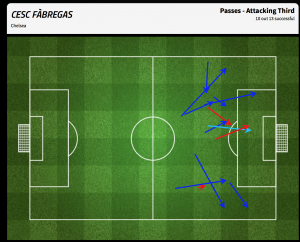
Summary
United, having started the match with the right mindset, lost their way midway through the 2nd half after having taken the lead. The change in personnel for the Blues coupled with United’s defensive tactics meant that Chelsea and their diminutive Spanish playmaker got a chance to get back in the game and salvage a late draw for Guus Hiddink’s side. A draw is not what both teams were looking for this stage of the season.

